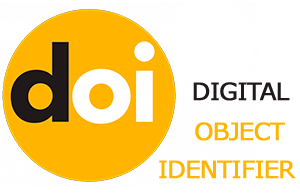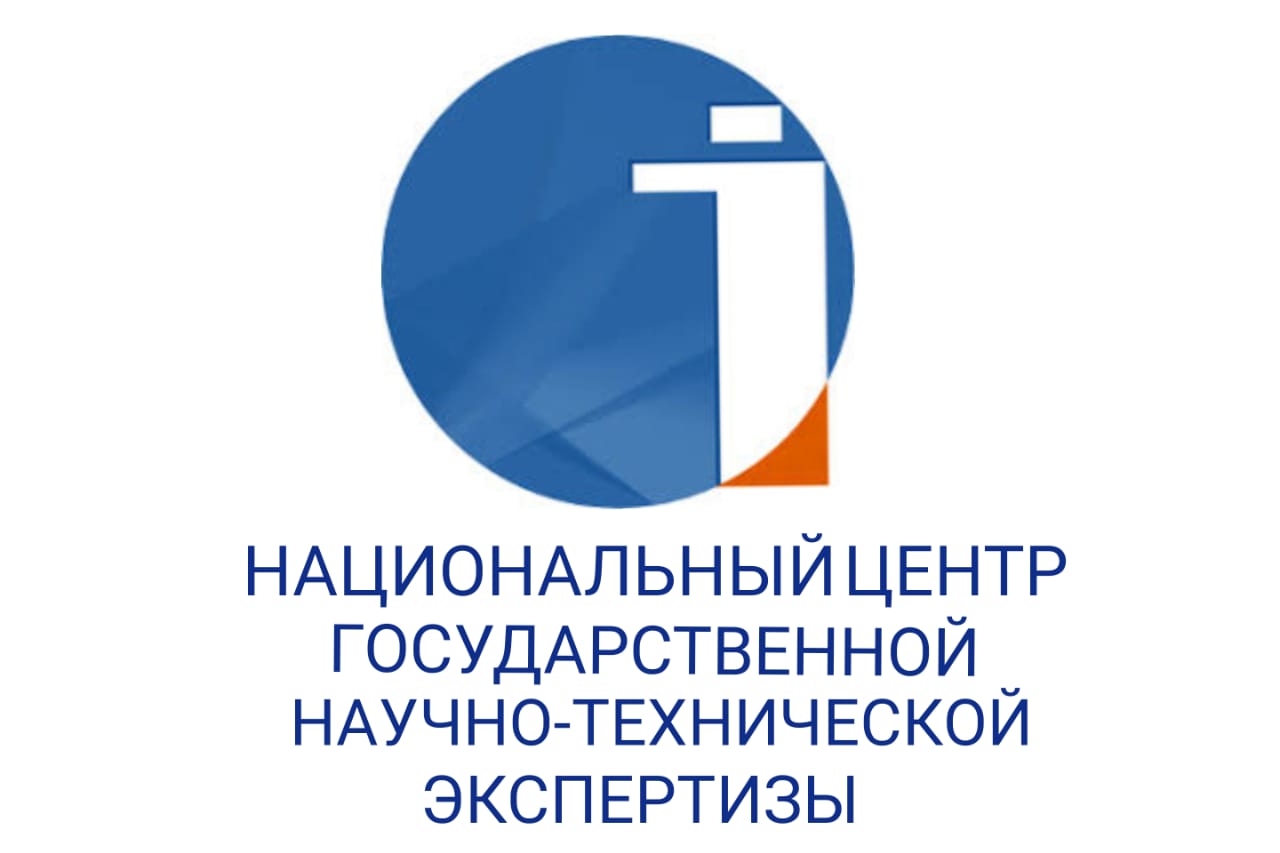PERSONALIZATION WITH AI IN FOREIGN-LANGUAGE TEACHING: POSSIBILITIES AND LIMITS
DOI:
https://doi.org/10.48371/PEDS.2025.78.3.024Keywords:
жасанды интеллект, машиналық аударма, шетел тілдерін оқыту, аударматану, жекелендірілген оқыту, цифрлық педагогика, сыни ойлау, академиялық адалдық, ChatGPT, DeepL,, Google TranslateAbstract
This article examines how artificial intelligence (AI) can support personalized learning in foreign-language teaching and translation studies, and where sensible boundaries of its use should be drawn. The empirical base comprises a survey of 100 participants (70 students and 30 instructors) and a comparative check of Google Translate, DeepL, and ChatGPT on educational texts. We assessed semantic adequacy, contextual accuracy, and stylistic appropriateness. The survey used five-point scales with two open-ended prompts; after a short pilot, rating criteria were aligned to improve inter-rater agreement.
Findings suggest that AI helps tailor learning paths to students’ levels, speeds up work with vocabulary and corpora, handles routine operations (draft translation, terminology lookup, first-pass post-editing), and frees classroom time for higher-order tasks. At the same time, we observed clear limits. Some learners develop a habit of skimming rather than reading critically, as ready-made prompts nudge them toward shallow solutions. Machine translation occasionally drops cultural references, domain terminology, or implied meaning; stylistic drift and “confident errors” also occur. Dependence on tools tends to be stronger among novices and declines as proficiency grows. AI has become a mainstream study aid that speeds routine tasks and supports personalization; at the same time, sizeable cohorts perceive cognitive costs. Automated MT is serviceable in technical/scientific genres but does not replace human translation for culturally dense texts; pedagogically, this points to the need for critical verification and systematic post-editing of AI outputs.








